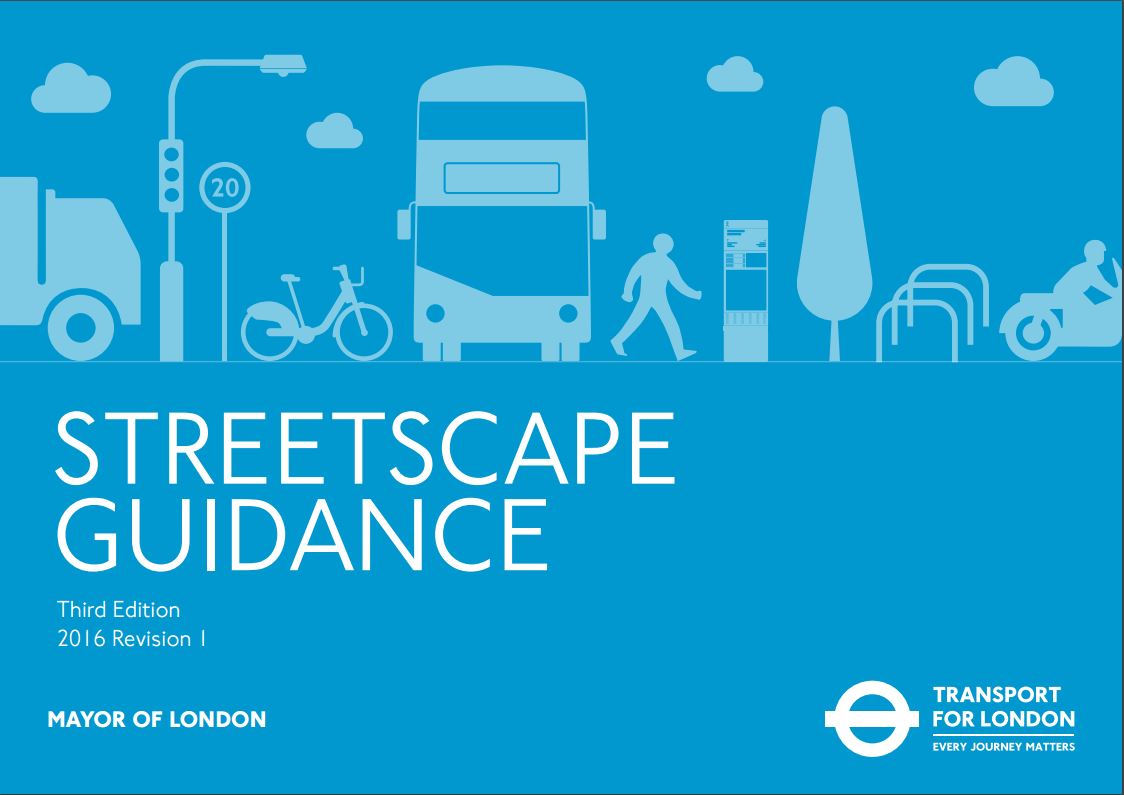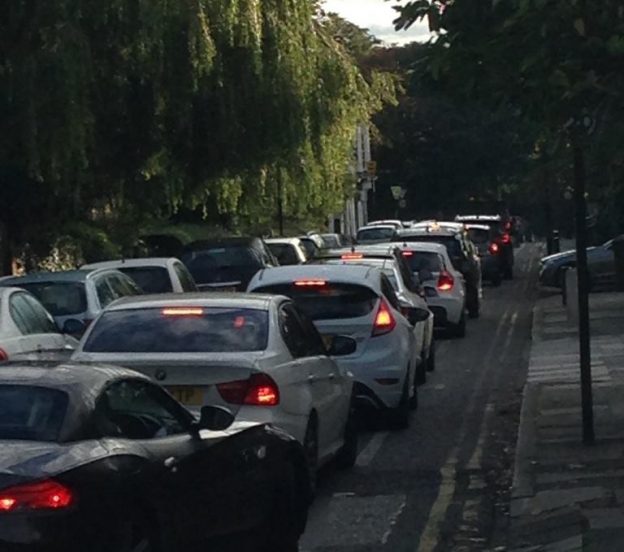At our last Blue House Working Group Meeting in December 2016, the representatives from the various groups were asked to discuss and consult with their respective memberships on the potential impact of people taking short cuts (aka “rat running“) through residential streets to avoid the junction and stay on the main roads. SPACE are aware of other residential streets around Gosforth that are known “rat runs” however, as requested, we are considering residential streets that are likely to be impacted upon directly by Blue House roundabout.
Why are we doing this?
It has long been recognised that for communities to be successful and thrive we need to consider how we move around and how we classify our roads and streets. The Department of Transport in it’s “Manual for Streets” introduces the topic well:
“Streets are the arteries of our communities – a community’s success can depend on how well it is connected to local services and the wider world. However, it is all too easy to forget that streets are not just there to get people from A to B. In reality, streets have many other functions. They form vital components of residential areas and greatly affect the overall quality of life for local people.”
The notable point is the reminder that “streets are not just there to get people from A to B”. This has never been more true when we look at the residential areas in the near vicinity of Blue House Roundabout.
 In addition, Transport for London, has published a Streetscape Guidance document which identifies the roles that streets play and provides lots of examples of good design practices to support movement and place.
In addition, Transport for London, has published a Streetscape Guidance document which identifies the roles that streets play and provides lots of examples of good design practices to support movement and place.
In brief, we can differentiate between roads and streets as:
- Roads: enabling people to move between destinations (whether in cars, cycling or public transport)
- Residential Streets: enabling people to gain access to properties for residents and deliveries; living, welcoming places where people feel safe and for meeting neighbours and friends; for children to play together.

Streets in residential areas play two roles:
- Movement: to allow residents, service/delivery vehicles access and move around
- Place: provide welcoming and inclusive places where people feel safe and for meeting neighbours and friends; for children to play together; local journeys made on foot or possibly cycling.
There are exceptions of course, for example Gosforth High Street is a road, a shopping/amenities street and a residential street. We can learn and use London’s experience and as Streetscape highlights: “Streets are places for people. Successful streetscapes are inclusive and provide for the competing requirements of their users, including pedestrians, cyclists, motorcyclists, bus operators, bus passengers, private vehicle owners, and freight vehicle operators. Understanding and carefully balancing the diverse needs of these users will ensure better and safer places to support the variety of activity on our streets”
In response to the North East Combined Authority (NECA) consultation on it’s “20 year Transport Manifesto for the North East”, SPACE requested that the following theme was included: “In particular we would ask you to support an additional theme: Considerate: Transport should be considerate of and respect the communities it serves and through which the transport passes. Residential streets should be quiet places where it is safe for children to play. Exposure to air pollution should be minimised and where there are major routes they should be made safe for walking and cycling.”
It is therefore crucial when implementing new designs or making changes to existing infrastructure as we are doing with Blue House Roundabout, that consideration is given to neighbourhoods that roads pass close to.
What is the impact of a through route for people living there?
Using residential roads as through routes creates multiple issues for residents:
- Safety – nearly all residential streets in Newcastle are defined as 20mph zones. As we have highlighted in our previous article “1000 Speeding Drivers – A typical day on Gosforth’s back streets”, this speed limit is frequently exceeded. This creates a serious hazard to everyone living in the area but in particular for children and older people.
- Air Pollution – more vehicles invariably means more pollution and the consequential impact on health.
- Noise Pollution – more vehicles also causes an increase in sound. In particular, when vehicles are stop/starting which happens frequently on narrow residential streets with parked vehicles on both sides of the road.
- Damage – Perhaps not a common event, but everyone will have had experience of broken/clipped wing mirrors and unexplained scratches to their own or neighbours’ vehicles.
- Quality of Life – there is a negative impact on people’s lives as a direct result of the above points leading to fewer social connections with neighbours and less of a feeling that your street is yours. (Driven To Excess: Impacts of Motor Vehicles on the Quality of Life of Residents of Three Streets in Bristol UK, Joshua Hart and Prof. Graham Parkhurst)
Through Routes in the vicinity of Blue House
On the interactive map below, SPACE has plotted the routes that we understand from members that are streets that are already used in this way and where an increase in through traffic would add to the issues already experienced by residents.
Where census data is available we have plotted the traffic volumes as an average weekday total and the percentage of vehicles that are exceeding the 20mph speed limit.
Sources: Traffic & Accident Data Unit & Department for Transport
Heading North from the City Centre on Great North Road it is not possible to deviate from the main road.
The key problem areas arise when people avoid Blue House roundabout to and from:
- Grandstand Road
- Jesmond Dene Road
- Haddrick’s Mill junction
This is not an exhaustive list and there may be streets that are in the vicinty of Blue House that we have missed. Please do get in touch if you feel we have missed anything or would like to comment further.
You can email SPACE at spaceforgosforth@gmail.com, add comments to this post, make comments on our Facebook page or add comments to the bluehousegroup.org posts.


There should be a mandatory reduction of speed going south from Blue House roundabout – 50mph is far too fast. Not so long ago a cyclist was killed crossing with his bike over the zebra crossing at Forsyth Road. (The driver tried to get through the amber traffic light instead of slowing down). The traffic lights there do come up rather suddenly particularly if driving at that speed. I have noticed this myself. Please follow this up with the Council for the sake of other cyclists and pedestrians at this crossing.
Thank you for your comment Judith. We can confirm that the Great North Road speed limits are already being addressed by our Council, and are undergoing the Traffic Regulation Order process. The plan is for Great North Road:
40 mph towards Blue House
30 mph Blue House to High Street
20 mph along High Street (from about The Grove) to Salters Road junction
30 mph the rest of the way (Westmoor?)
More or less reducing the whole route by 10mph.
On the ‘rat running’ most routes have been identified, though I have seen vehicles in the northbound pm rush hour using Roseworth Ave and Crescent when traffic is tailing back south of The Grove. These are vehicles which are already bypassing queues on Jesmond Dene Rd down to Haddricks Mill and would ordinarily go down the full length of The Grove.
Also just on the Forsyth/Great North Rd tragedy mentioned above, can I just say that there isn’t a ‘Zebra’ crossing at this junction and that there will be circumstances where vehicles can go through amber lights if it is unsafe to stop. I don’t know any of the details of the incident so can’t comment on the incident itself, however slower speeds will allow better judgements to be made. Also fully agree with the speed reductions proposed along GNR/GHS.